Occasion
Diet
Holiday
Special eats for the holiday season!
Total Time
<2 hours + fermentation
Prep Time
15 minutes
Cook Time
90 minutes
Rating
(13)
Learn how to bake fermented buckwheat bread the easy way — a gluten-free sourdough bread that rises naturally without a starter. This buckwheat bread recipe is for beginnings looking to get into making homemade bread! With a wholesome, nutty flavor and gut-friendly fermentation, this nutrient dense bread is nourishing, simple, and delicious.
Learn how to bake fermented buckwheat bread the easy way — a gluten-free sourdough bread that rises naturally without a starter. This buckwheat bread recipe is for beginnings looking to get into making homemade bread! With a wholesome, nutty flavor and gut-friendly fermentation, this nutrient dense bread is nourishing, simple, and delicious.
Directions
Step 1
Combine buckwheat, water and whey or yogurt in a medium-large bowl and let soak for a minimum of 5 hours, overnight or up to 1 ½ days. Note: The longer you let the groats soak, the more bubbly and “active” the soaking liquid will become. This bubbly soaking liquid can be used for other recipes like these muffins. A longer soak will also shorten the final fermentation time.
Step 2
Strain groats using a mesh strainer over a large bowl. Don’t rinse, but let it drain. Note: if you would like to also make these gluten free blueberry oat muffins you should save this active soaking liquid when straining. Simply place strainer on top of a bowl to catch the bubbly liquid.
Step 3
Blend strained buckwheat groats with 1 ¼ cups warm water and salt until combined. No need to over blend. Then, pour the batter back into the bowl you had used to soak the groats. Cover the bowl with compostable cling wrap and let sit in on the counter overnight or up to 24 hours. Note: Fermentation time may vary depending on warmth in your kitchen or the amount of time the initial groats soaked. For a warmer environment (kickstarts ferment), place bowl to ferment in the oven with the oven light turned on. Batter is ready when it has risen and looks puffy and has bubbles.
Step 4
When batter is puffed up and fermented, stir lightly and listen to the crackling sounds. The ferment may have a strong smell, but don’t worry, this is a good thing! Pour batter into a bread pan lined with unbleached parchment paper. Do not preheat the oven. Put bread in the oven and then set temperature to 350℉. Bake for 1 ½ hours. For a golden, crispier outer crust, turn the temperature up to 425-450℉ after 90 minutes and allow to bake for another 5-7 minutes.
Step 5
Remove bread from oven. Let cool in the bread pan for 10-15 minutes, then remove by pulling the parchment paper with the bread out and onto a rack. When it’s cool enough to touch, remove the paper and allow to cool completely before cutting bread. This is very important, as bread will continue to cook and set while it cools.
Notes
Buckwheat is naturally gluten free and is a great way to get started on a bread-making journey as no sourdough starter is required. Make sure that you use raw buckwheat groats, as opposed to toasted buckwheat or kashi.


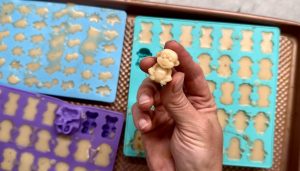

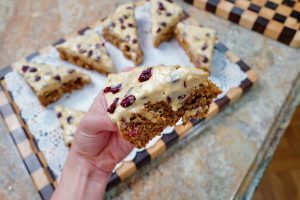
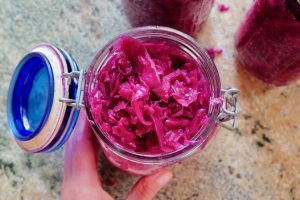
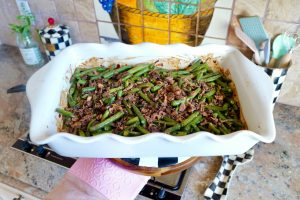


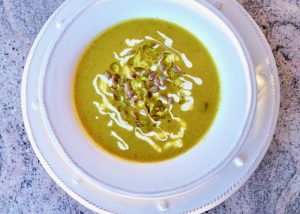
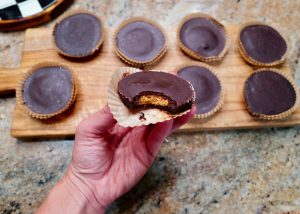




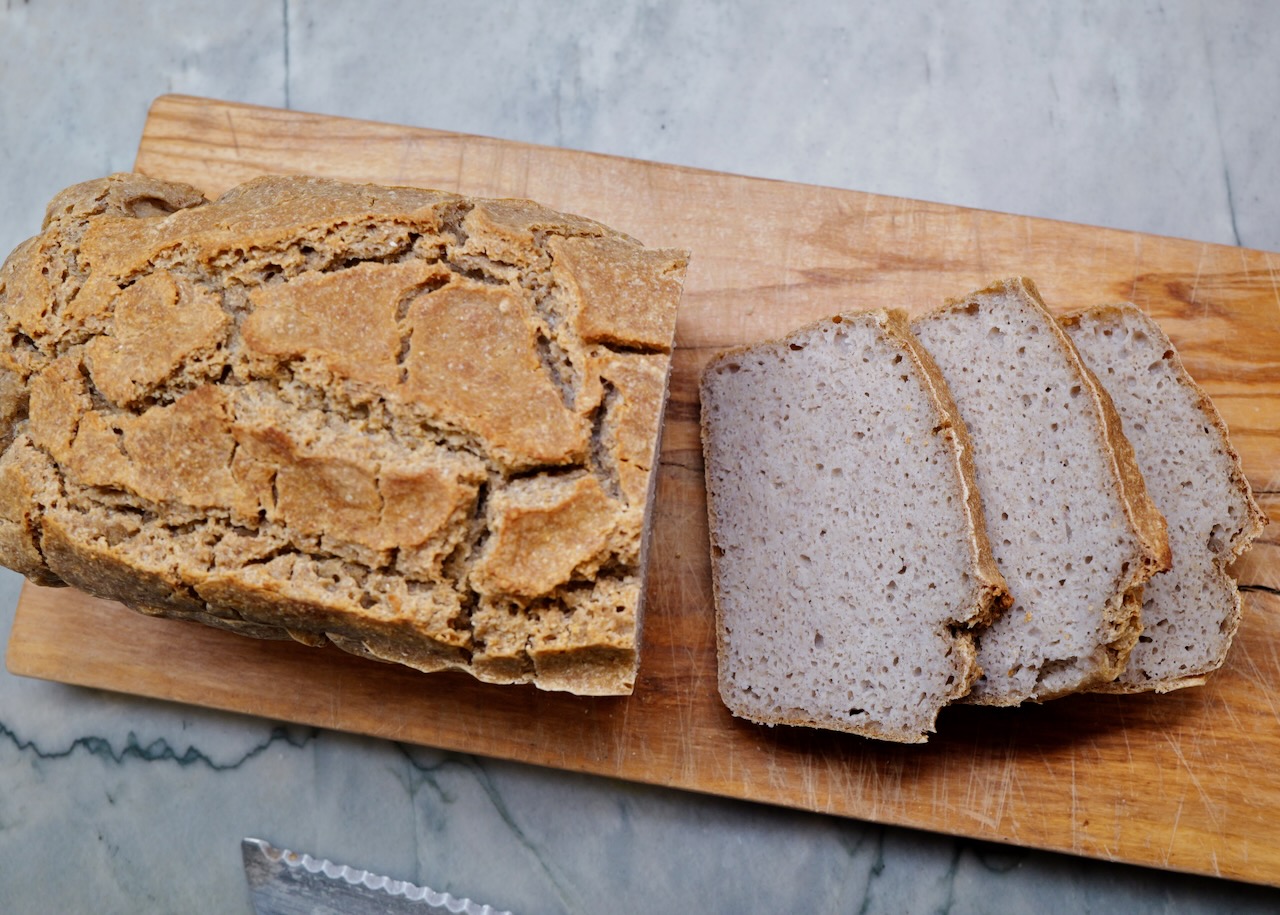
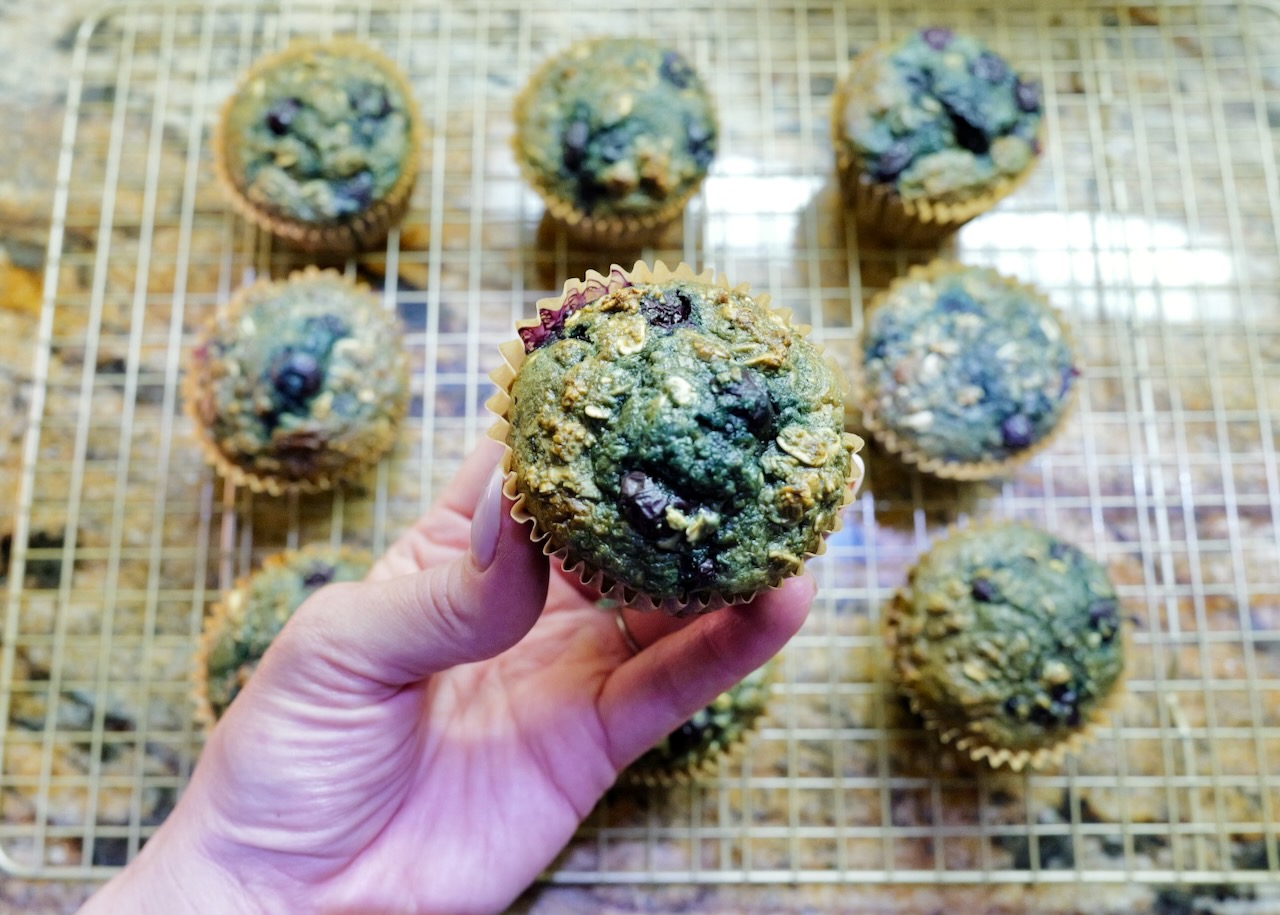
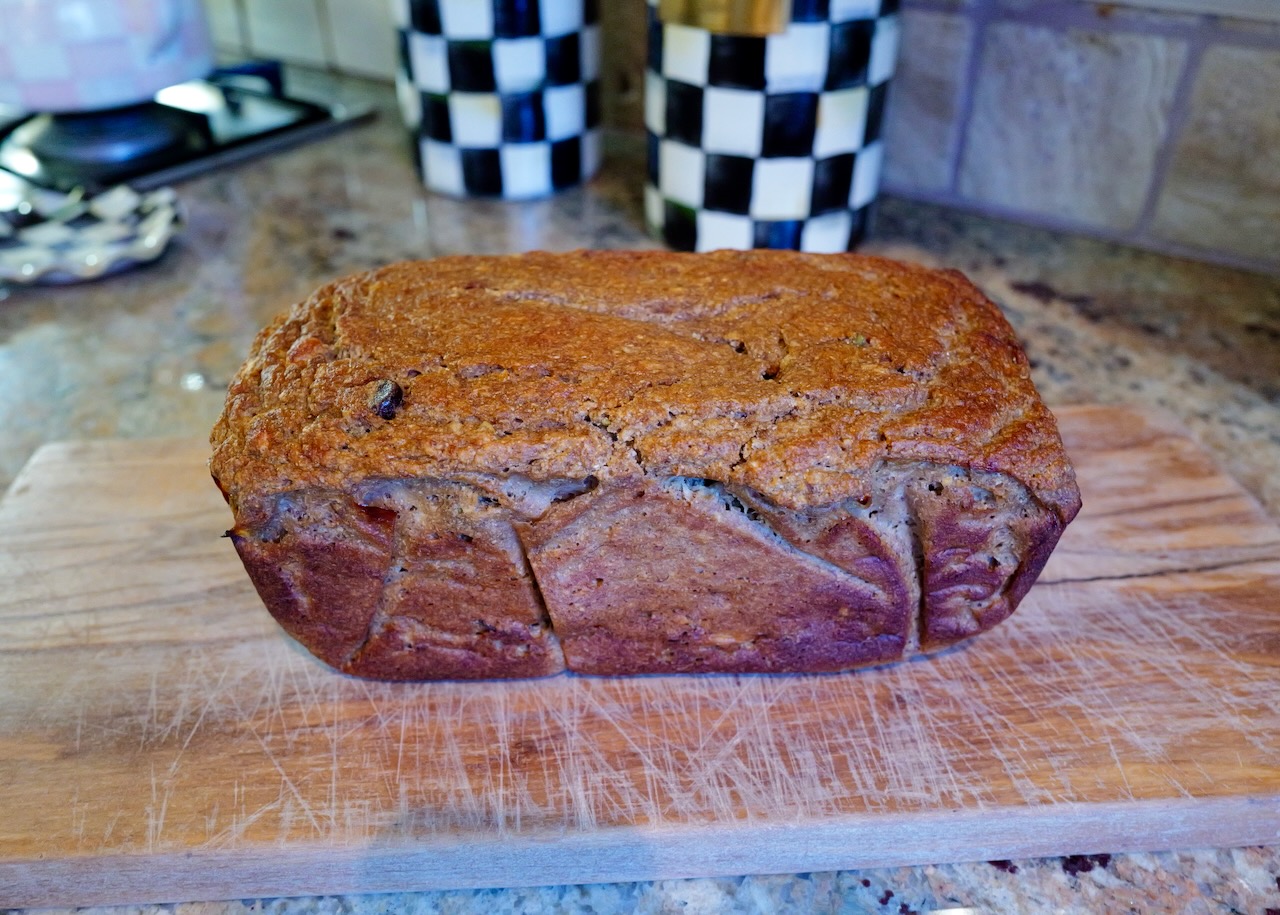
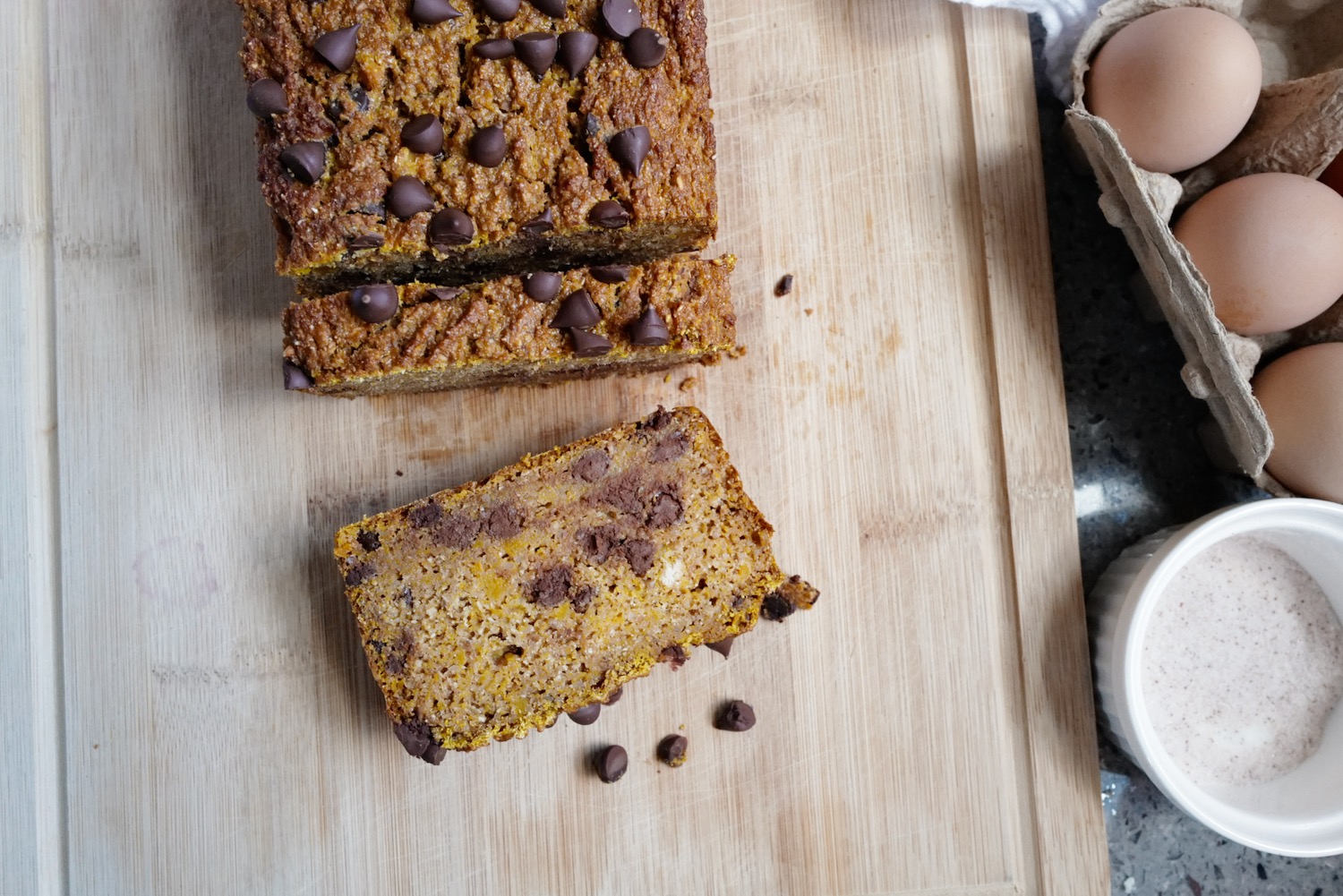
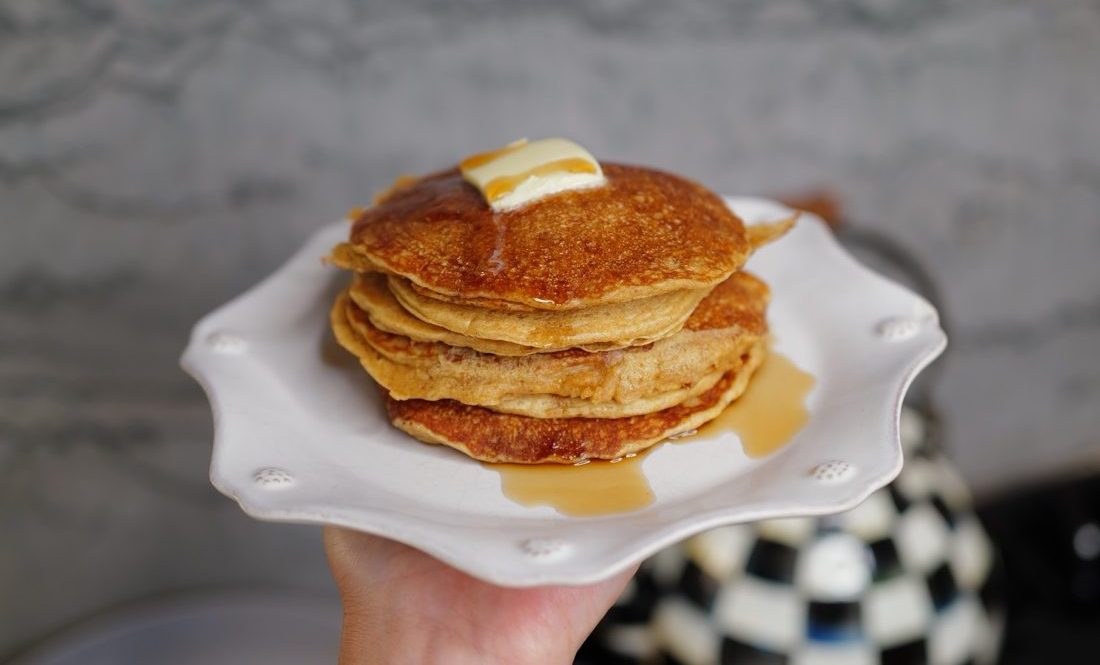
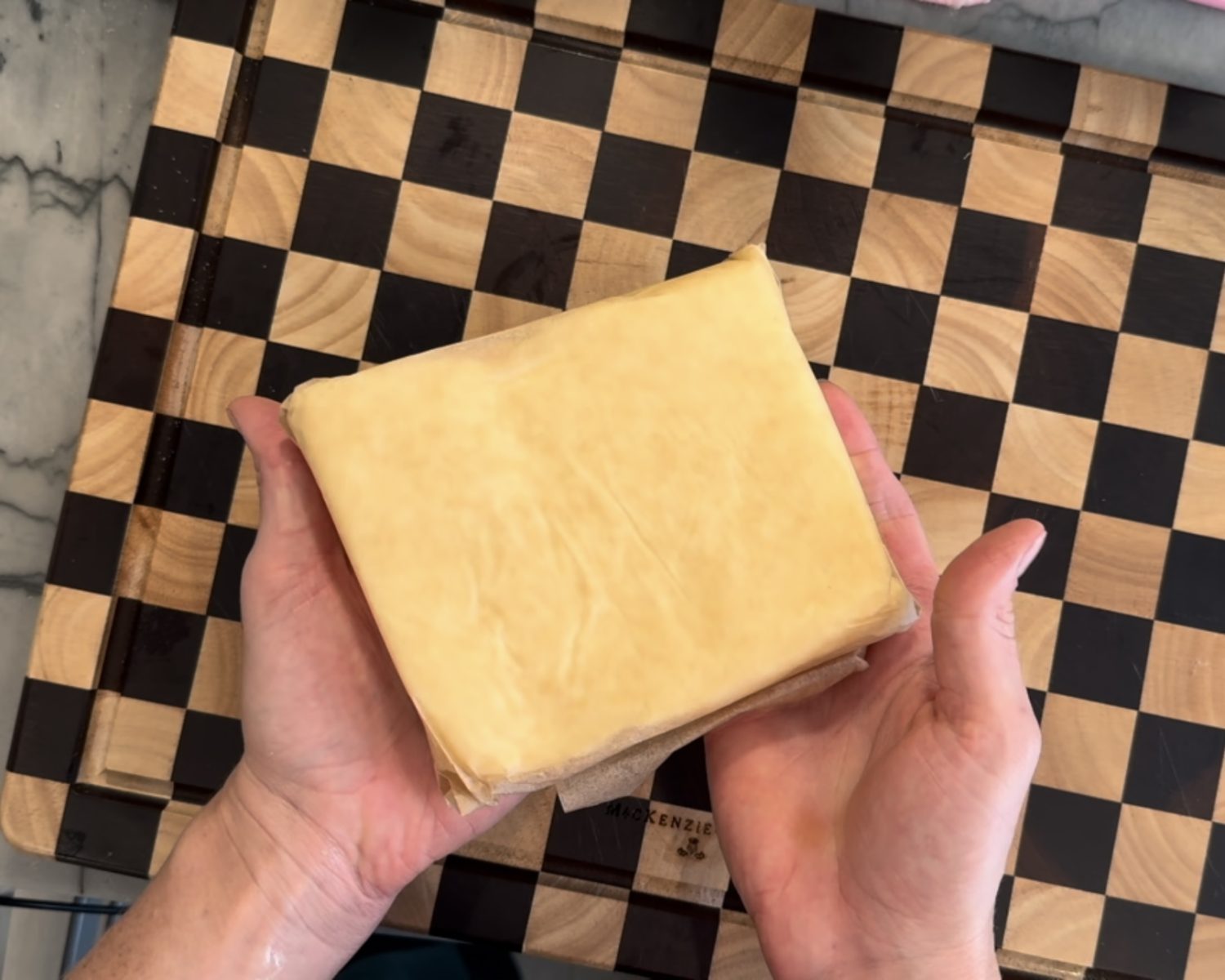
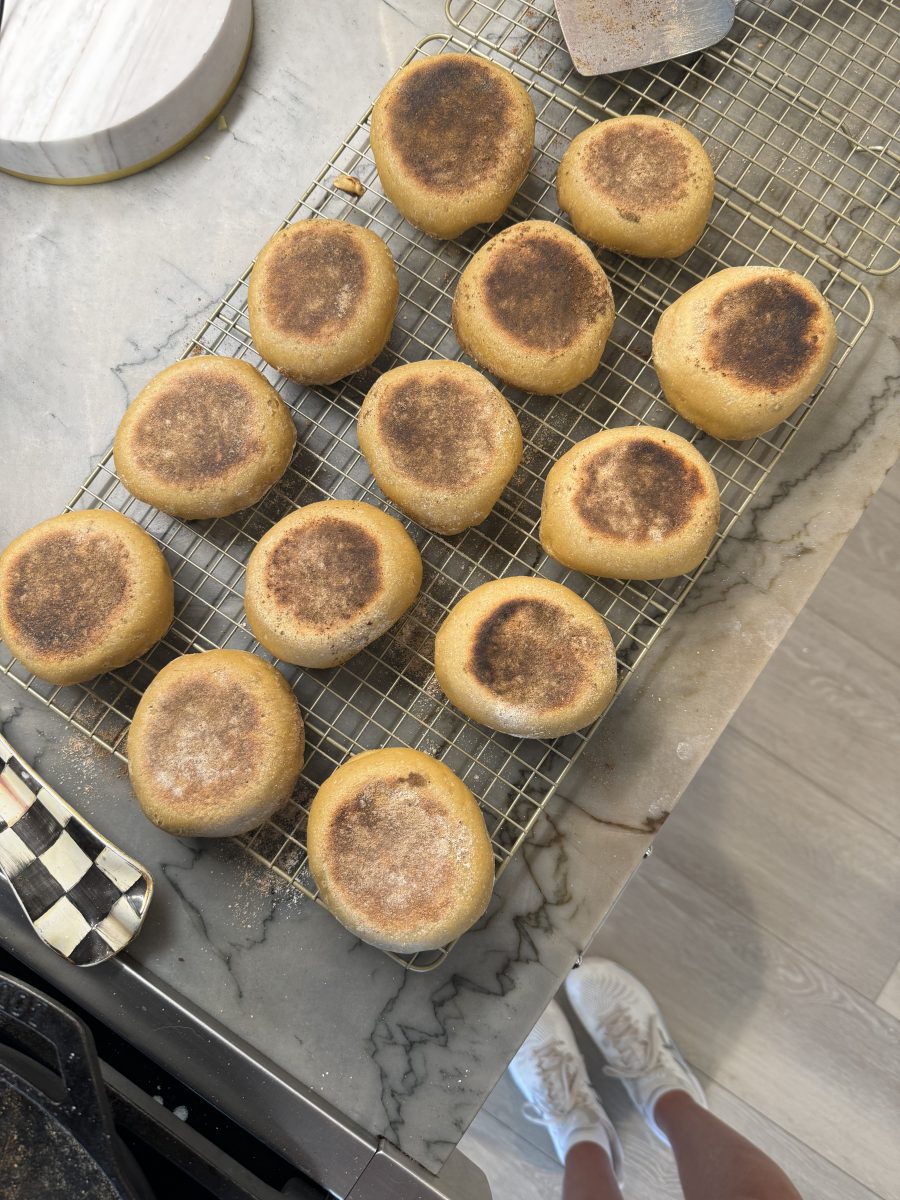
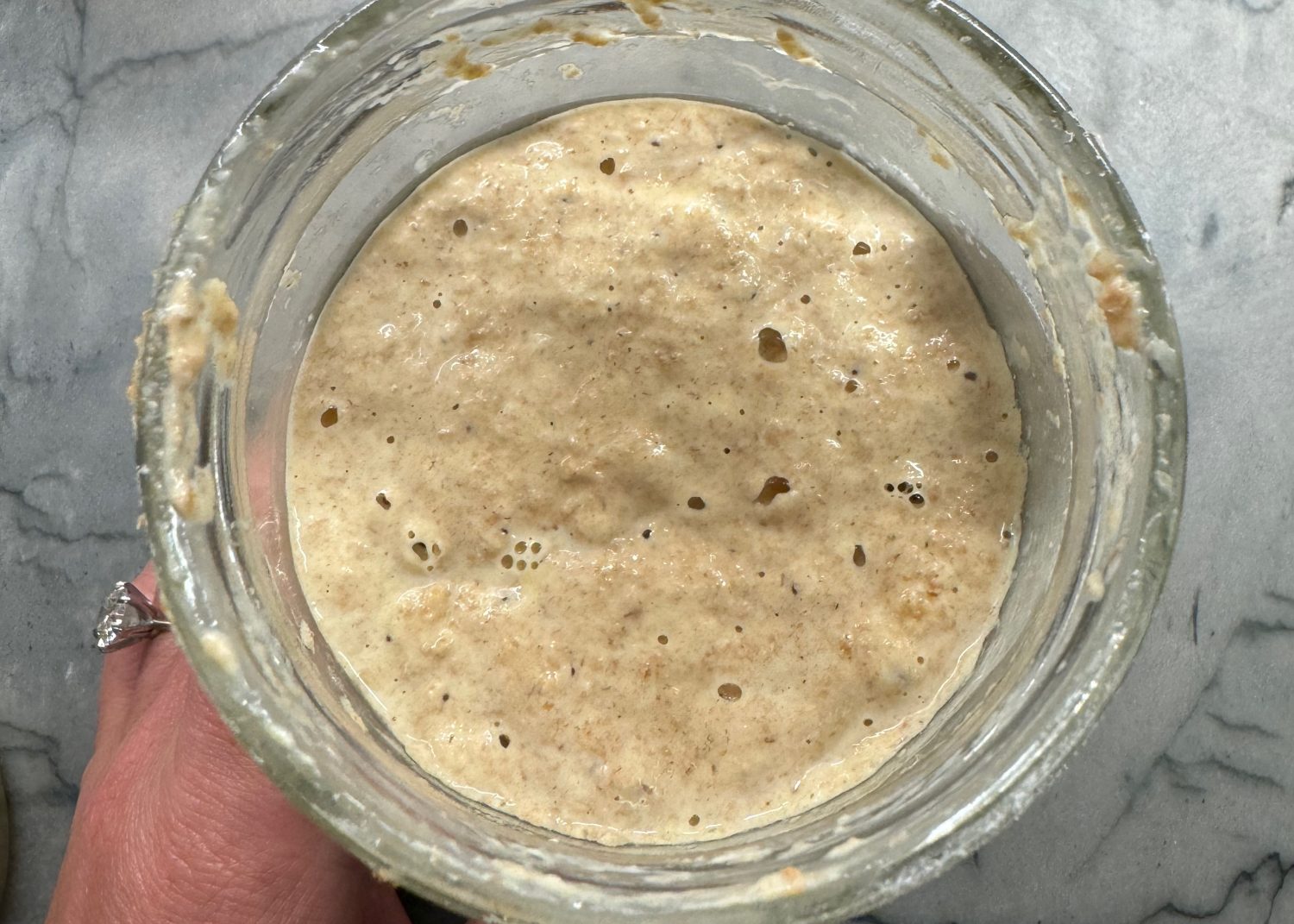
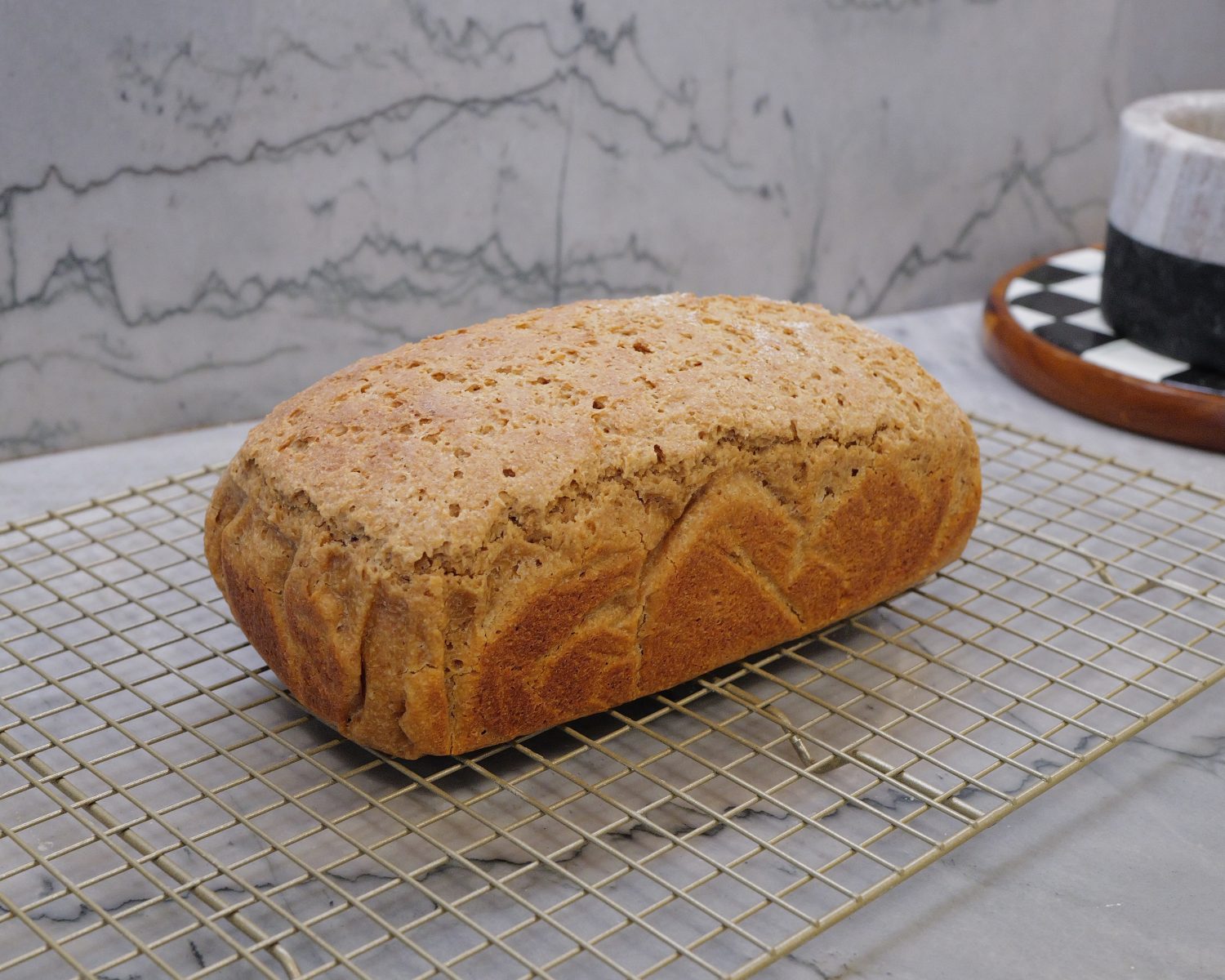
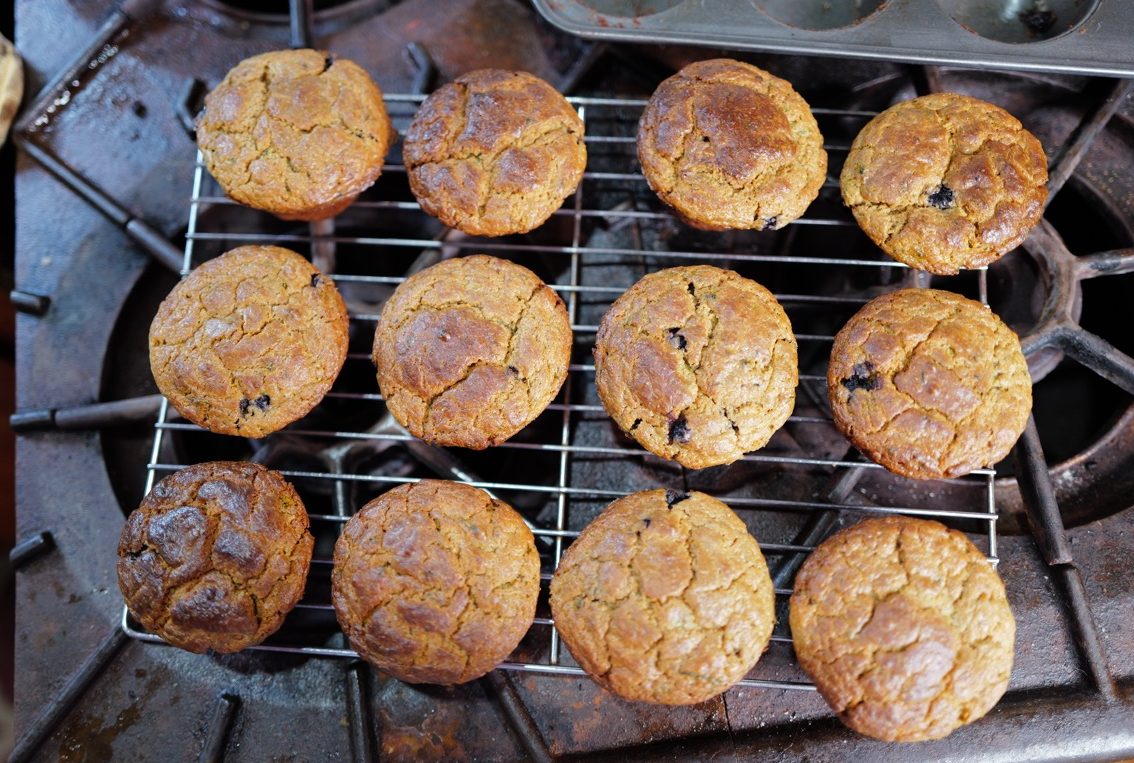

Notes
Read our recipe notes below (2)